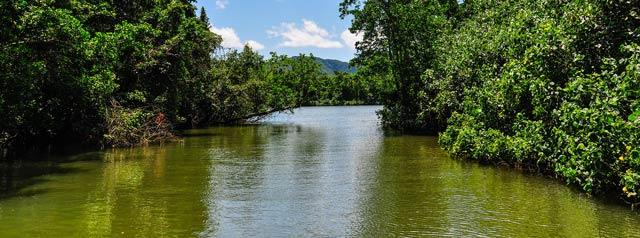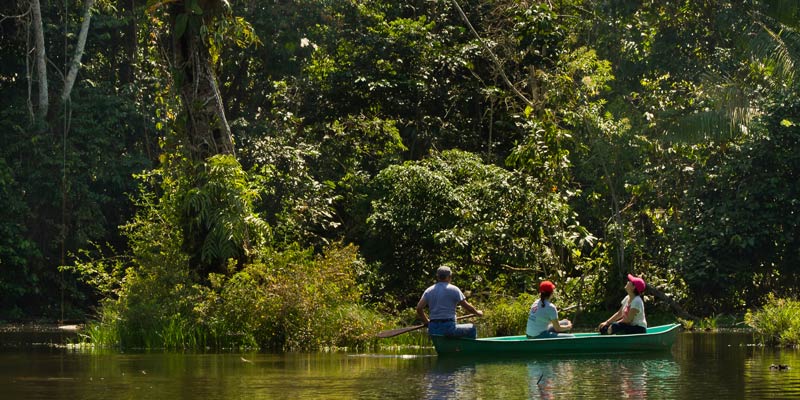The Holbrook Explorer

Rainforests: Four Facts about Earth's Oldest Living Ecosystem
Rainforests: Four Facts about Earth's Oldest Living Ecosystem
Rainforests only occupy 6% of Earth’s land surface, yet their impact extends to every corner and all creatures across the globe. This fragile ecosystem, once covering 14% in land mass, serves as a life force for our planet, providing air, water, medicine, food, and shelter to a host of living beings, plus a natural defense against climate change.
Whether or not you’ve experienced the wonders of these tall, dense jungles firsthand, the benefits provided by Earth’s oldest living ecosystem are lost on no one.
Here are a few gifts the rainforest provides:
1. Rainforests shelter biodiversity
Rainforests only cover around 2% of the total surface area of Earth but provide habitat to nearly 50% of all known plant and animal species. Bengal tigers, mountain gorillas, blue morpho butterflies, three-toed sloths, jaguars, and Scarlet Macaws are just a few of the magnificent creatures protected by rainforest habitat across different continents, and their continued existence is dependent on maintenance of this critical ecosystem.
 Mountain Gorilla in Rwanda
Mountain Gorilla in Rwanda
2. Rainforests are natural warriors against climate change
In grade school science class, we learned about photosynthesis, where trees absorb carbon from the atmosphere and in turn release oxygen back out. Well, this is an extremely effective and free method in aiding to cool the planet. In comparison to forests at higher altitudes, tropical forests trap higher amounts of carbon dioxide and evaporate more water. This evaporation causes dense cloud cover that reflects sunlight back to space. It’s been discovered that this reflectivity in turn stabilizes ocean currents, wind, and rainfall patterns –setting off a chain reaction that provides a buffer against climate change.
3. Rainforests help supply and maintain fresh water
Rainforests replenish our water supply through a process called transpiration. During photosynthesis, a plant releases water into the atmosphere through its leaves, leading to increased moisture in the atmosphere and increased rainfall. Deforestation results in less moisture in the air, therefore less rainfall, oftentimes resulting in droughts. Rainforests also act as filters for our water supply, removing pollution and debris from entering and slowing the movement of rainwater so it flows into underground reserves. It is estimated that 20% of the world’s fresh water supply is supplied by the Amazon Basin alone.
 Amazon River
Amazon River
4. Rainforests provide life-saving medicines
Cancer, malaria, hypertension, diabetes, glaucoma, dysentery, tuberculosis... all of these conditions and more have been treated using compounds found in the rainforest. More than 60% of anticancer drugs originate from natural sources, like rainforest plants – many of which can ONLY be found in rainforests.
Originally published August 2019; last updated March 2024
